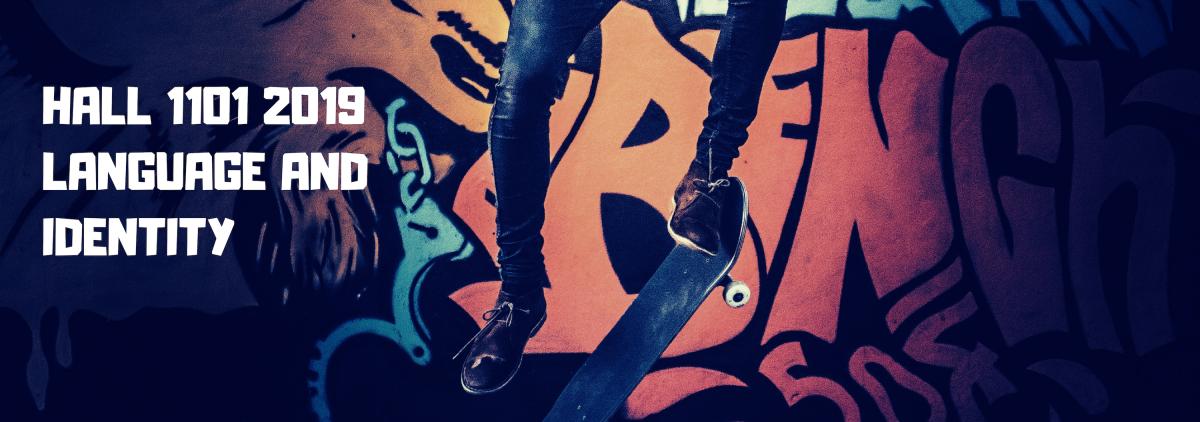A Lot of games have come a long way from the 8-bit limitations of old consoles. Games like skyrim, **, and many other triple A games go as far as possible to reach as realistic as beautiful, creating scenic beauties that borderline too realistic. There’s no arguing that games have become much more beautiful over time, but a lot would argue if these are considered art pieces. Every game has some kind of an objective: defeat the enemy team, get to the end of a puzzle, save someone, or just get the most points out of anyone. Art though, dosnt have such a clear cut objective, more or less its purpose is to provoke some kind of emotion or reaction from an observer. With that, it’s easy to see the argument that most games themselves aren’t art, but just contain art. But does that mean that a game itself can be an art piece? Can a game provoke imagination and curiosity without holding the players hand and showing them how they should feel? Of course, there’s countless games that are meant to provoke emotions, but there’s few that can be considered works of art all by themselves.
Journey was created back in 2012 by ThatGameCompany, with the intent to create a game that not only made the player feel insignificant to their surrounding in order to have them explore the vibrant landscapes, but to go beyond the defeat/kill/win mentality of most other games. Outside of the name of the game and the ending credits, the entire game is void of dialog or writing, telling the story through map design, hieroglyphics, and paintings given to you by the echoes of those long lost. You start as a nameless hooded figure in a vast desert, surrounded by the ruins of a lost city. Through the ruins, echoed stories, and scattered pictures, you learn that the mountain that you’ve been drawn to walk towards since the beginning once gave the lands magic, the same magic that you use on your way through the game. The magic was used to nourish the land, the plants that grew, and the people that flourished from it. Over time, the people learned to harness this power, and created large and beautiful cities from this new power. Eventually though, as the city grew larger, and the land once used for food and life was now used for towers, the magic began to die out and fade. With the magic dwindling, a divide was created between the people over a hold of what’s left, and thus lead to war. Giant robotic monsters were created to fight and take what magic the other side held. In the end however, no one on either side survived, and the monsters still run free clearing the land of the life that once thrived. Over time the land was taken back by the sands of time, and what was left of the magic was used to to make you, the player. Further on you see your journey through the ruins, as if predestined, and at the end shows your defeat at the base of the mountain. Knowing this, you continue on through the frigid cold and pass the graves of those before you. As predicted, you reach the base of the mountain, and as much as you struggle through the roaring winds, the player collapses into the silent snow. As the screen fades from the white of the unforgiving blizzard, the echoes of the people who guided you come, and grants you your second wind, as you launch through the eye of the storm, past the robotic monsters, and through the fence clouds. As you break the clouds, you reach the peak, surrounded by the energy that once flooded the lands, and as you reach the end, your covered in light, as the game fades back into darkness.



